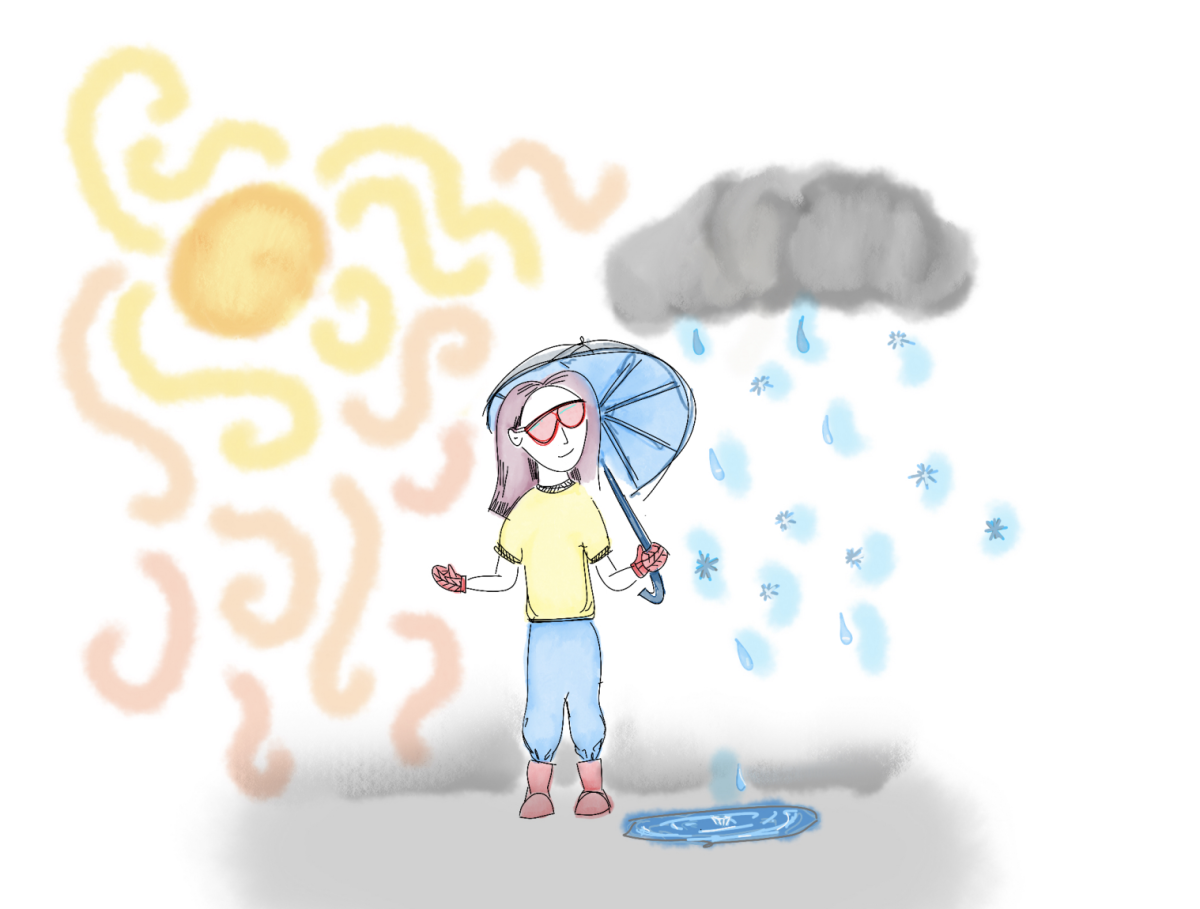2023 was the hottest year on record. Across the globe, sweltering heat waves set record-high temperatures, causing illness, destruction of infrastructure, and even death. Substantial flooding and wildfires rampaged throughout the Northern Hemisphere. Ocean temperatures also increased drastically, resulting in record-high ice loss at the poles. And yet, climate scientists warn that 2024 could be even hotter.
According to the National Oceanic and Atmospheric Administration (NOAA), the average temperature globally in 2023 was 1.34°C above pre industrial averages. 2023 was the closest year thus far to breaching the 1.5°C threshold set during the Paris Agreement. Furthermore, as of February 2024, the last 12 months were the first time that the 1.5°C threshold was broken for an entire year. These sustained record-breaking temperatures reflect the impact of global warming on climate patterns.
The effects of climate change in 2023 presented themselves through the rise in frequency and intensity of weather anomalies. In January, California endured 32 trillion gallons of rain and snow. The subsequent flooding resulted in at least 22 deaths and billions of dollars in property damage. The detrimental effects of flooding worldwide were exhibited most harshly by storm “Daniel” in the Mediterranean. In September, storm “Daniel” brought terrible flooding to Libya, resulting in tens of thousands of deaths and injuries. Although this disaster cannot be entirely attributed to global warming, anthropogenic climate change likely increased both its probability of occurring and its intensity. According to the World Weather Attribution, climate change could have increased the likelihood of this disaster by up to 50 times and the intensity by up to 50% compared to preindustrial averages.
Wildfires also wreaked havoc throughout 2023. In the United States, Hawaii saw devastating wildfires in the summer, killing over 100 people and destroying thousands of homes. In Canada, wildfires raged throughout the majority of the year. NASA estimates that by the end of Canada’s fire season, around 18.4 million hectares of land had burned–roughly the size of North Dakota. In Europe, Greece experienced wildfires throughout July, one of which broke the record for the largest wildfire ever recorded in the European Union. The effects of these fires were the worst seen in the country for decades and resulted in evacuation and tragic loss of life.
Anthropogenic climate change bolstered many of the weather anomalies in 2023. However, another significant climate event also contributed to weather disasters. In June 2023, the climate phenomena known as ENSO (El Niño-Southern Oscillation) shifted into an El Niño state. The El Niño state is marked by warmer ocean surface waters shifting back toward North America. The effects of the El Niño state included dry heat waves in Canada and the Northern United States, flooding in the Southern United States, droughts in South America, and increased tropical storms in the Pacific Ocean. This event greatly contributed to the devastating weather anomalies in the latter half of the year as well as drastic increases in average temperatures worldwide.
Although scientists expect ENSO to transition toward a neutral state by mid-2024, its effects have already contributed to many climate-related disasters this year. Despite some cooling in the Eastern United States and Europe, January and February continued the nine-month-long streak of record-warm months globally. According to NOAA, the global surface temperature in January was 1.27°C above the 20th-century average. Global ocean surface temperatures also continued to set heat records, continuing the trend of drastic loss of ice in Antarctica from previous years. Thus far in 2024, temperature increases have contributed most seriously to weather anomalies in the Southern Hemisphere.
Earlier this year, Australia saw both heavy rainfall and extreme heat waves. Throughout January, torrential downpours swept from east to west across the country. In some cases, the resultant flooding caused closures of roads and railways, as well as restrictions on fresh food and loss of electricity and water access. Furthermore, daily temperatures around the country spiked, consistently resulting in temperatures as high as 120°C. Other countries in the Southern Hemisphere have also experienced notably high temperatures in 2024. Specifically, Chile has been combatting severe droughts and wildfires (however, the connection between the Chilean wildfires and anthropogenic climate change remains in contention.)
2024 is predicted to be one of the hottest, if not the hottest, year on record. NOAA places the probability of 2024 being the hottest year on record at about 50%, with its likelihood of being in the top five hottest recorded years at 99%. Even with ENSO shifting towards neutrality by June, weather anomalies and disasters will likely continue to rise in frequency and intensity. Whether or not it becomes the next hottest year on record, 2024 is already turning out to be a warning for future increased destruction from climate change.




